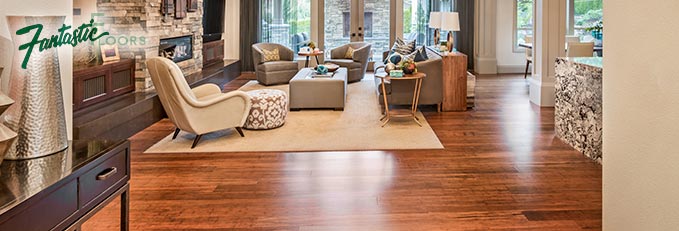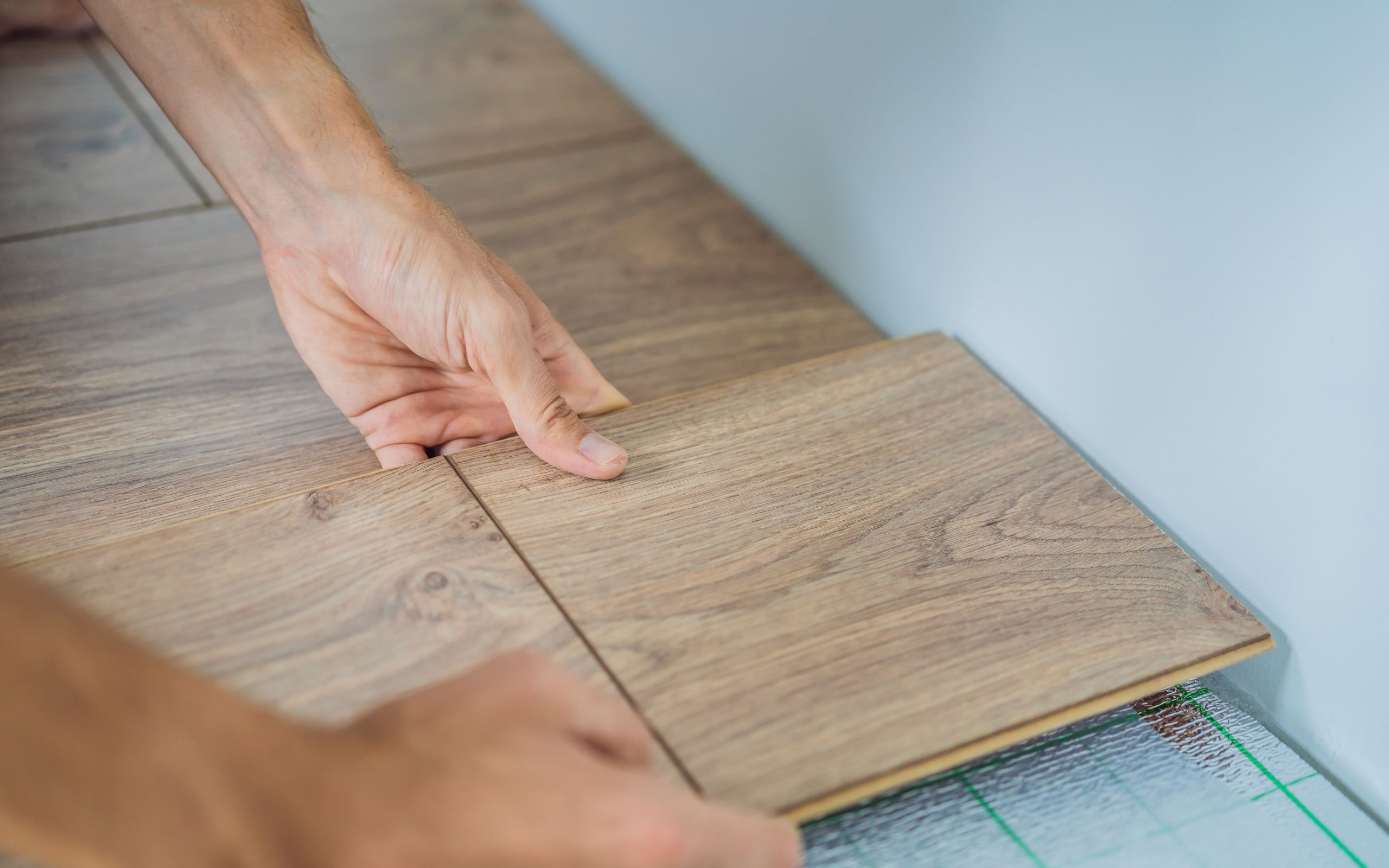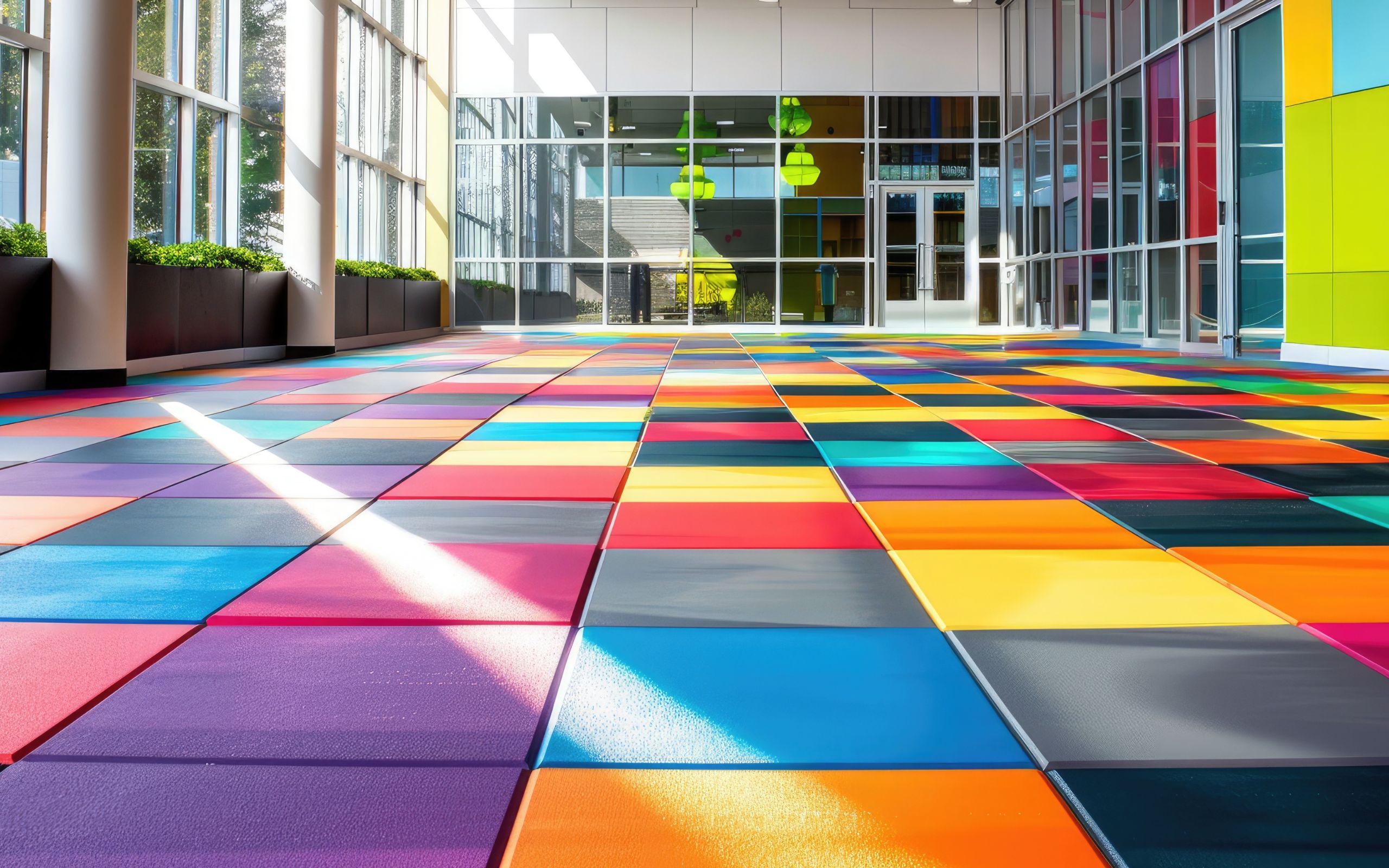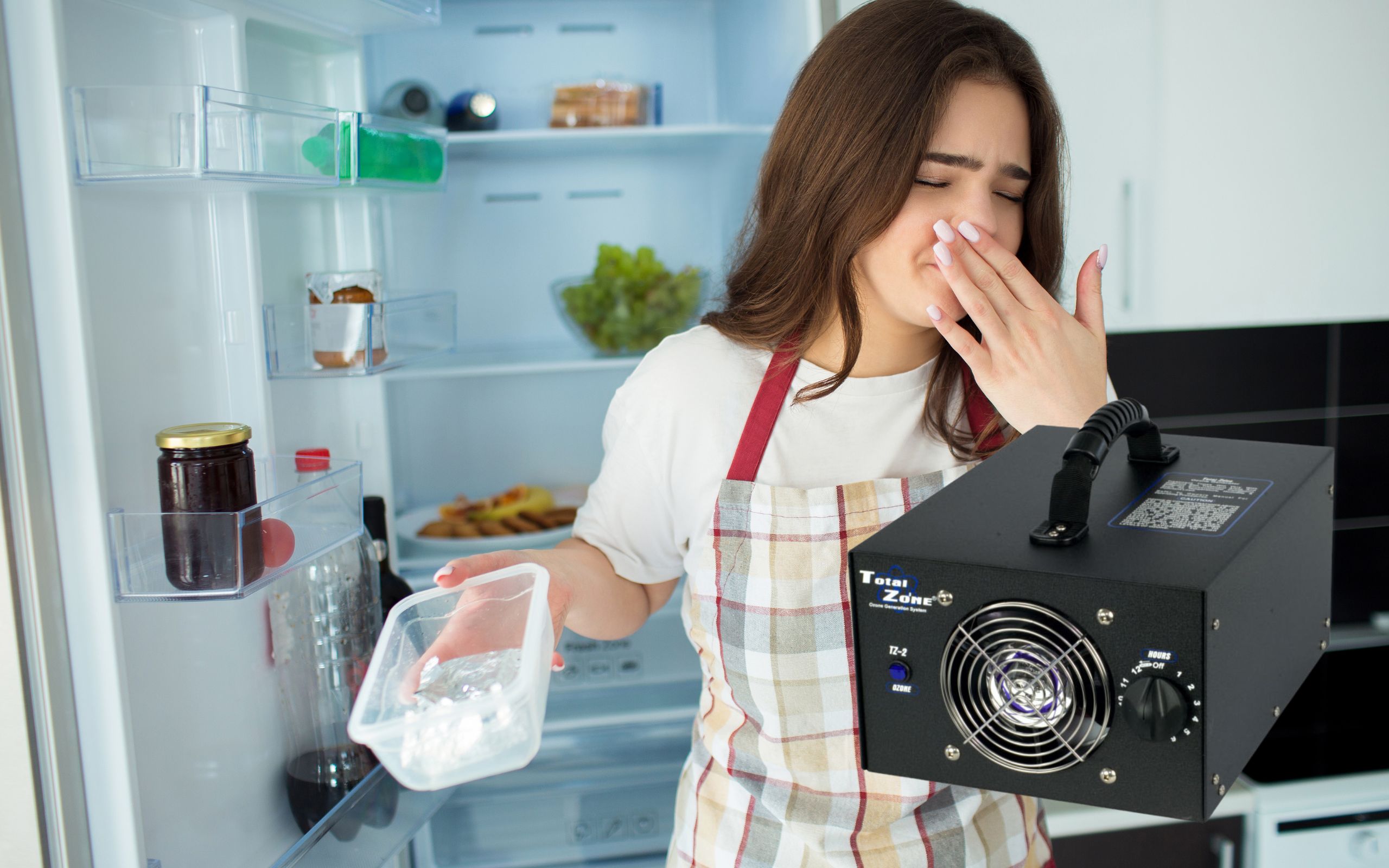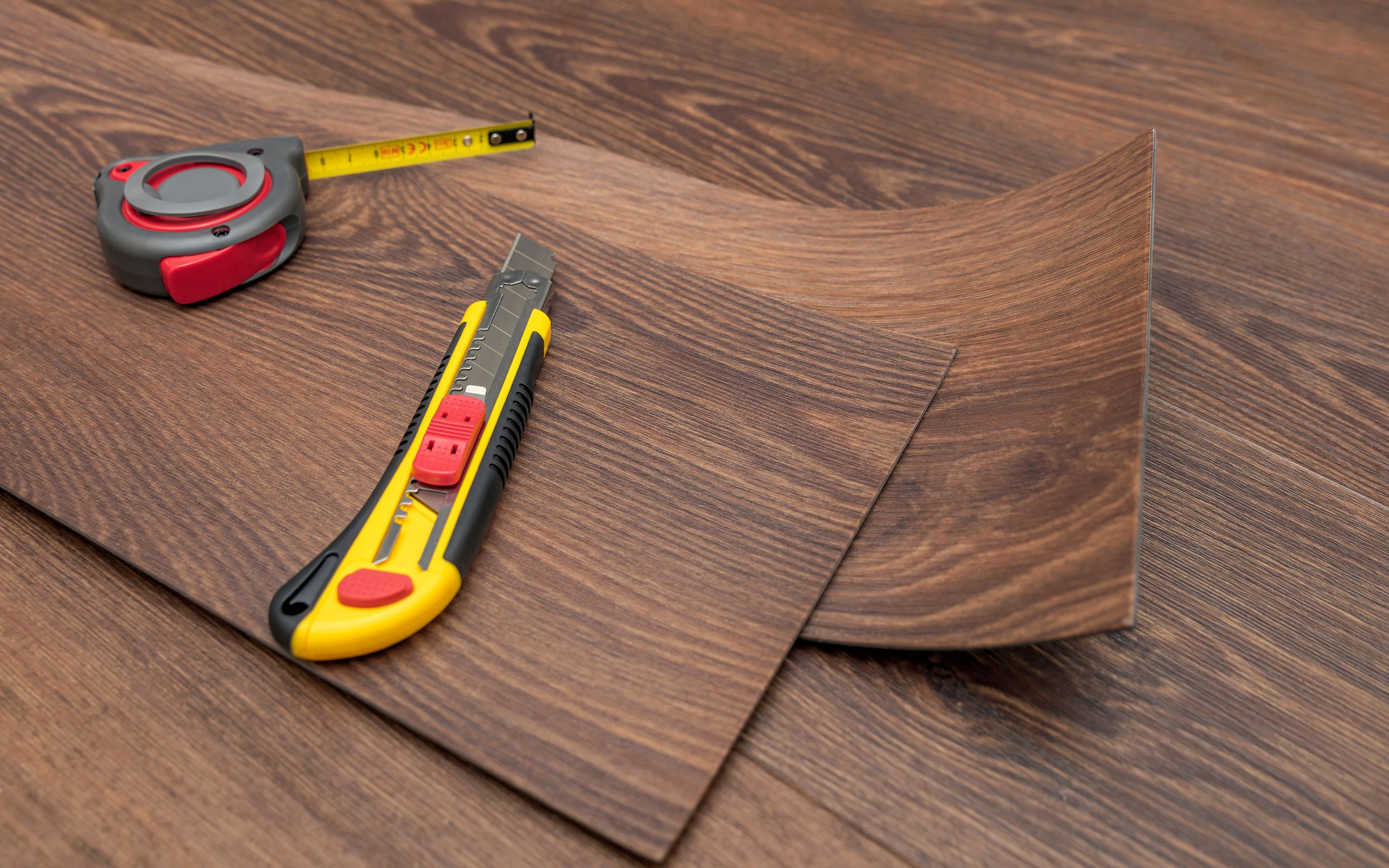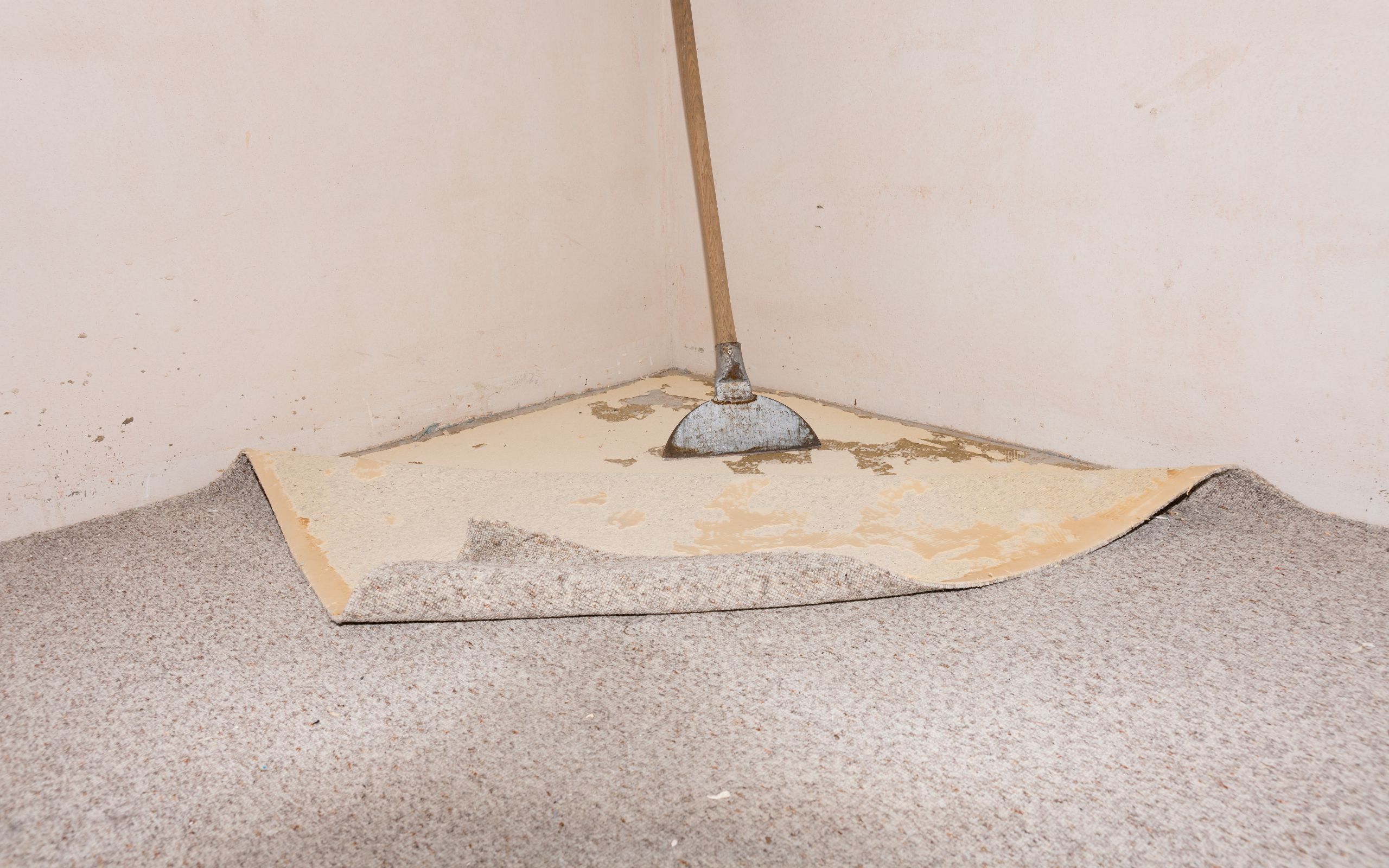Emergency Water Damage
Flooding and hardwood flooring don't mix. For anyone who lives in hurricane- and flood-prone areas that have historic homes, this is no surprise.
Is there anything you can do if major amounts of water--flood-related or not--have come into contact with your wood floor? Yes. While your floors will never be quite the same as new again, you can take appreciable efforts towards saving them from the junkyard.
While your local architectural salvage yard might love to have your pulled-up hardwood flooring, it's not time for them to give up the ghost just yet.
While Floors Are Still Wet (Before Mold and Mildew)
As soon as you can attend to your wet floors, the better. Wood's cellulose fibers rapidly soak up water but only slowly releases that water. So, you want to start pulling off the water with your shop vacuum fast. Even if you believe your wood floors are so well-finished that water cannot penetrate the raw wood, think again. Wood floors have many infiltration points besides the top layer--between seams, through breaks in the coating, under baseboards, through heating registers, and a host of other areas.
The secret to preventing mold and mildew growth is the same as with carpeting: eliminate the dirt. It's not just water that causes mold and mildew; it's the combination of water and dirt.
Tools Needed:
- Shop vacuum
- Stiff Brush or Broom
- Mild Detergent
- Bucket
- Disinfectant (like Mr. Clean, etc.)
- Absorbent Cloth
First, use the shop vacuum on "wet mode" (no bag) to remove as much water as possible. Then vigorously scrub all floors and related woodwork (baseboards, newel posts, etc.) with the stiff broom or brush.
Use fresh water mixed with detergent and disinfectant added, to remove all of the dirt, mud, silt, and organic material which can later cause mold and mildew.
If Mold and Mildew Have Set In
If the wood is heavily affected by mold and mildew, it may need to be replaced. Otherwise, clean your moldy and mildewed flooring like this:
Tools Needed:
- Stiff Brush or Broom.
- TSP (trisodium phosphate).
- Bucket.
- Absorbent Cloth.
- Rubber Gloves.
- Optional: Bleach; Mild Abrasive like Barkeeper's Friend
TSP is a super-cleaning product that comes in the form of a powder that can be added to water (4-6 tablespoons per gallon). You can buy this at your local hardware store. Don't worry: it sounds harsher than it really is.
Scrub with the water/TSP solution until mold and mildew are removed, then rinse with clear water and allow to dry.
It helps the "healing process" if you can remove any pooled-up water from your cleaning efforts as soon as possible, rather than waiting for evaporation. A rubber push squeegee or shop vacuum will do the trick.
For Mold on Wood Under Paint
This is a trickier issue. Your only recourse at this point is to remove the finish.
For problem areas, you may want to scrub the wood with an abrasive cleaner like Barkeeper's Friend.
Or, to the water/TSP solution listed earlier, you can boost the mold- and mildew-cleaning properties by adding one cup of ordinary laundry bleach per gallon of water.
Drying Procedures
As you might imagine, the drying of damaged wood flooring must be done slowly. Wood flooring dried quickly invariably will crack.
In general, you will want to remove as much standing water as possible, and then accelerate the evaporation process with fans. Do not apply any type of heat to the hardwood flooring, as splitting, cupping, and a host of other problems will result.
Sanding Water-Damaged Wood Flooring
After drying, you may have some concave or convex floorboards; this is called "cupping."
Heavy sanding with a drum or orbital sander can actually "take down" some minor high areas. Heavily cupped wood cannot be sanded down flat.
It is inevitable that some floorboards may lift up completely at the ends. In this case, face-nail the floorboards back down.
Bottom Line
The key to "saving" your wood floors is expediency. Because wood is an organic material, the more time it is in contact with water, the worse the problem will get. Remember that you need to expel the dirt and other organic matter to prevent mold and mildew. Removing water alone will not prevent these issues.
If you can get to the flooring right away, you can get your flooring back to "almost like-new" condition.
Source: thespruce
About Fantastic Floors, Inc. We are a successful company with more than 25 years of experience in the market, we have the infrastructure, high quality equipment, materials and supplies to achieve and exceed the expectations of our customers, allowing us to gain the confidence and loyalty for our services.
We have more than 500 residential, 300 properties and 25 commercial customers totally satisfied with our services.
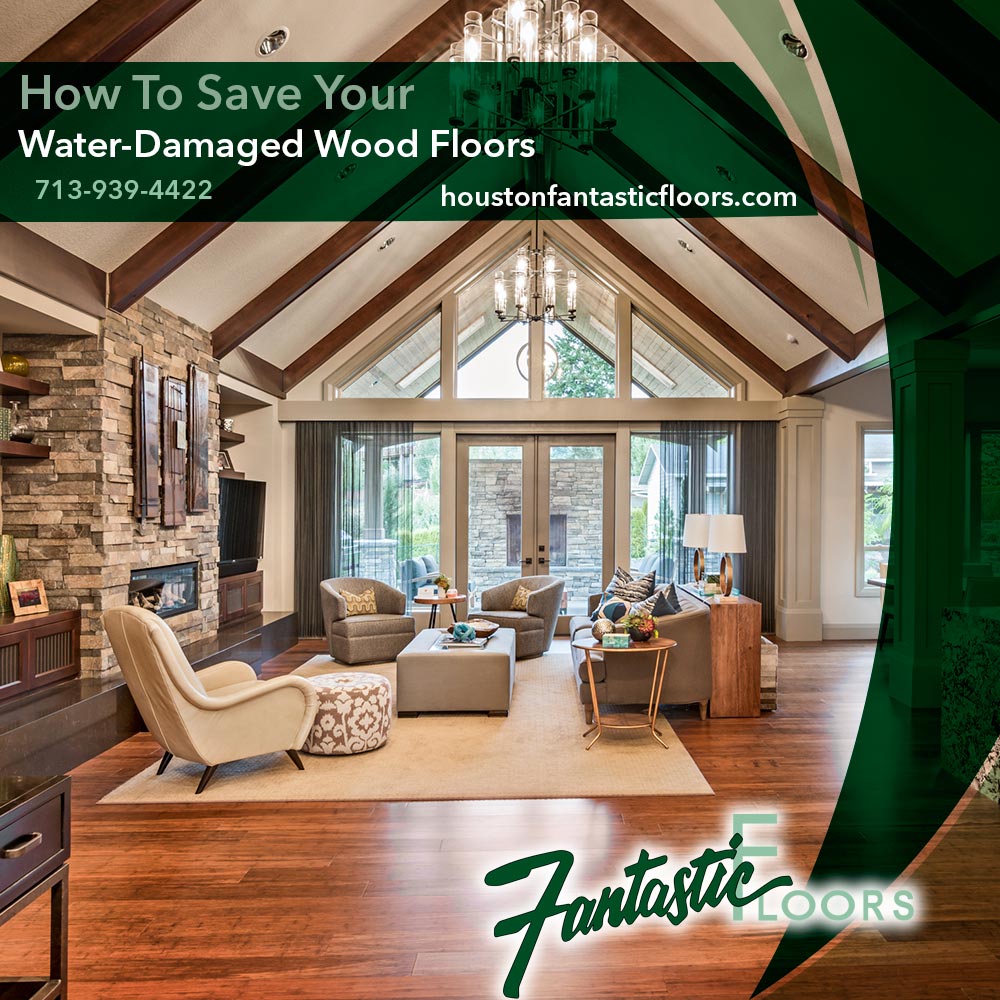
Emergency Water Damage.
Carpet Cleaning in Houston, Best Carpet Cleaning in Houston, Best Carpet Shampoo, Cheapest carpet Cleaning, Top Rated carpet Cleaning, Affordable Carpet Shampoo, Cost of Carpet Cleaning, Local Carpet Cleaning, Residential Carpet Cleaning, Carpet Cleaning Companies, Steam Clean, Special Carpet Cleaning, A/C Duct Cleaning, Best Carpet Installation, Professional Carpet Installation, Top Rated Carpet Installation, Cheap Carpet, 10 Best Carpet Installers, Custom Carpets, Carpet Installation, Carpet Sales, Carpet Contractors, Houston Carpets, Carpet Companies, Commercial Carpet, Best carpet Installation, Best Floor Installation, Professional Floor Installation, Top Rated Floor Installation, Cheap Home Flooring, 10 Best Floor Installers, Custom Floors, Carpet Installation, Flooring, Flooring Contractors, Houston Floors, Flooring Companies, Cheap Flooring Pros, Commercial Carpet, Commercial Flooring, Best carpet Installation, Wood Floor Installation, Hardwood Floor Installation, Laminate Installation, Floor Installation, Carpet Sale, Ceramic Tile Sale, Porcelain Tile Sale, Wood Floors Sale, Laminate Sale, Sheet Vinyl Sale, Vinyl Tile Sale, Vinyl Plank Sale, Fantastic Floors Inc.
